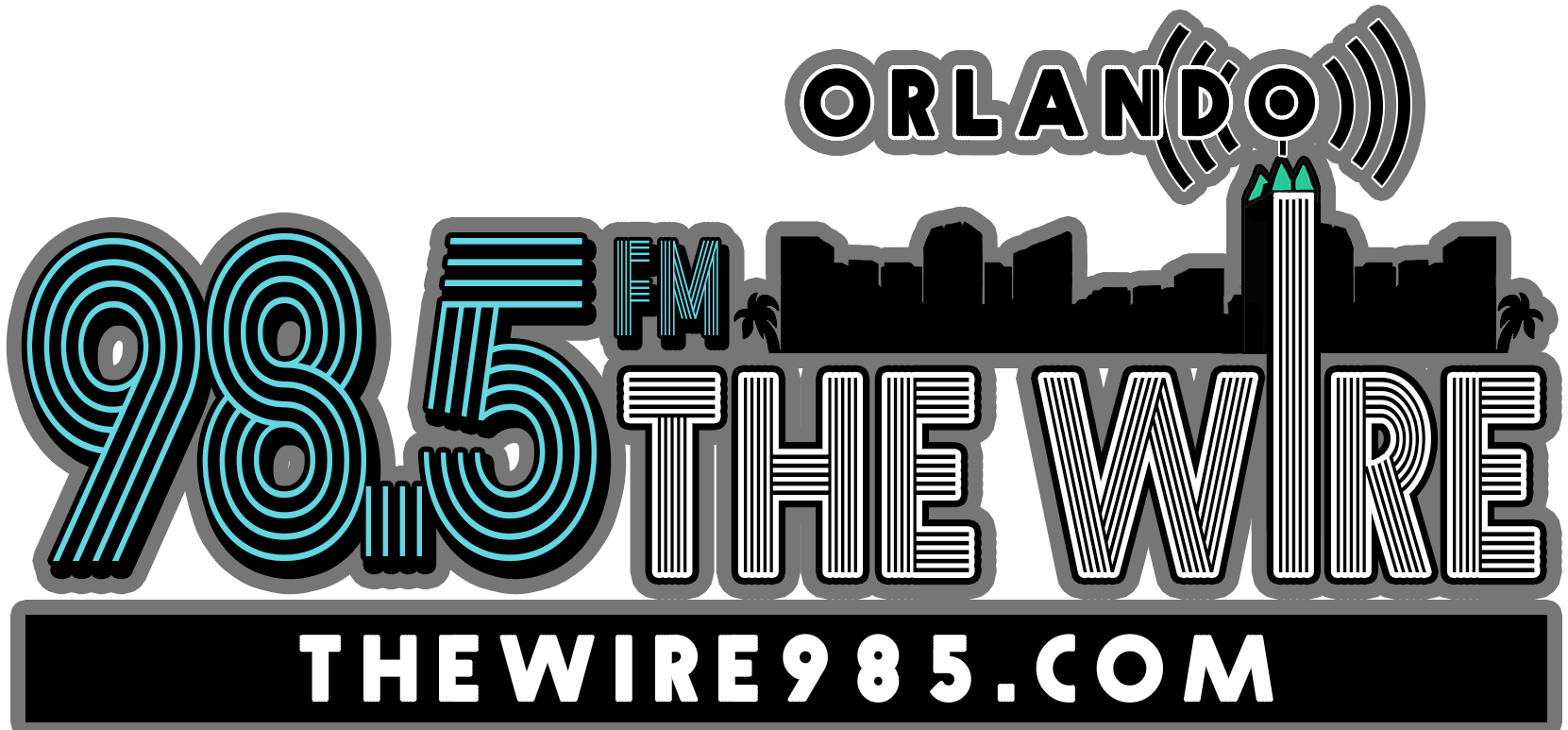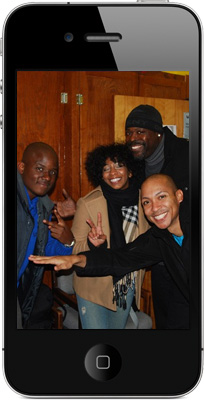Howard University’s the Hilltop chronicles one of the US’s most storied HBCUs and is helping a new generation of journalists navigate institutional racism
“Malcolm X, one of the most evasive and non-specific individuals I’ve ever met (with his objectives and radical plans he would have to be), is perhaps one of the most clever artists of appealing to the emotions that I’ve ever seen. Bayard Rustin was ‘not’ in my estimation a fair match for Mr X. (Dr Martin Luther King would have been.)”
So begins an account of a debate between the civil rights leaders Malcolm X and Bayard Rustin that took place at Howard University in Washington. Along with a visit by the British anti-apartheid activist Trevor Huddleston, a student theatre production of Rashomon and an advert for Lucky Strike cigarettes, it is part of the mix in a 1961 issue of the Hilltop, the oldest Black collegiate newspaper in America.
The paper known as the student voice of Howard University has just turned 100. It held a gala celebration in February at the National Press Club in Washington with the Hilltop alumni Isabel Wilkerson, author of The Warmth of Other Suns and Caste. It was a moment to reflect on the paper’s standing as chronicler of one of America’s most storied Historically Black Colleges and Universities (HBCUs) and, in an election year, its role in helping a new generation navigate a racially divided nation.
Howard University was established on a hilltop in Washington by an act of Congress in 1867, soon after the civil war, creating opportunities for generations of Black intellectuals, lawyers, doctors and other professionals barred from attending predominantly white universities. Student Zora Neale Hurston, later a writer and anthropologist, co-founded the Hilltop in 1924.
A dip into the archives shows that the first edition, which sold for 5 cents, reported that “enthusiasm ran high” for a speech by the Black separatist Marcus Garvey. Later issues find King delivering a lecture to 3,500 people and taking questions about Black power and, in 1989, around 3,000 students staging a huge protest over multiple grievances with backing from Jesse Jackson.
Fast forward to the 21st century and student media, like its national counterpart, has embraced the digital revolution. The Hilltop says it has an online circulation of 200,000 and produces a weekly podcast. Funded by advertising and the university, it still prints four times a year with a run of about 10,000 copies and, unusually in student media, pays its reporters once they hit a threshold of about 10 or 15 stories.
The Hilltop continues to offer news, culture, opinion and sport, has a dedicated investigative section and makes the most of its location in Washington for coverage of world affairs. Recent interviewees have included the voting rights activist Stacey Abrams and Fani Willis, the district attorney in Georgia leading the prosecution of former president Donald Trump.
The paper also has a unique angle on the 2024 presidential election given that Vice-President Kamala Harris is a Howard graduate and frequent visitor (Joe Biden delivered last year’s commencement address). “Just based off what we know now, it does seem that students aren’t as engaged,” said Jasper Smith, the Hilltop’s editor-in-chief. “We do have a Howard University College Democrats organisation.
“They are trying to engage with students but it does seem for the most part, in conversations out of class, a lot of students are disappointed. A lot of it has to do with the Biden and Harris administration’s response to what’s happening in Gaza. That’s a lot of the conversation that’s been happening on campus.”
Smith, 21, is a senior journalism major and sociology minor from Phoenix, Arizona, and adept at juggling: last semester she was running the Hilltop, taking seven classes and interning at the Washington Post. She is proud of the way the Hilltop makes a difference to student lives.
Smith recalls, for example, writing a story about students turning to the crowdfunding website GoFundMe to pay their tuition fees after the university introduced a 7.5% hike. She said: “I found that there are over 200 active GoFundMes of students looking for tuition. That was an important story for me because it wasn’t something we were covering but everyone knew about it but it was just this hidden struggle that nobody wanted to talk about.
“Our students were struggling to stay here. As a result of that story, a lot of the GoFundMes that linked in my article ended up meeting their goal after the article was published, so I was proud about that and it brought a lot more awareness to the situation.”
During a recent tour of Howard for international media, the campus editor, JD Jean-Jacques, described how Hilltop reports on crime, disability and menstrual products had led to new police cameras and extra officers, new measures to adhere to disability guidelines and new menstrual products in campus bathrooms.
The 20-year-old, a junior history major, economics minor from Connecticut, said: “We have a real tangible impact on campus and the things that we put on paper, the things that we put on the website, have material impact on students, on faculty, on administrators and on the community.”
Sign up to First Thing
Our US morning briefing breaks down the key stories of the day, telling you what’s happening and why it matters
after newsletter promotion
Jean-Jacques said the team aims to be “stringent” about objectivity and avoiding bias. “That’s the kind of journalists that we’re developing who are going out into the Washington Post or the New York Times or the Guardian, for example. That’s what we’re about – being an incubator for future journalists, future thought leaders, and that’s what we’ve been doing for the past hundred years.”
The editors were asked what kind of mistakes they identify in national media coverage of race in America. Smith said: “Part of it is understanding nuance and Black people aren’t a monolith. That’s why I think tours like this are important because something that the media does get wrong is they don’t really understand Black people – they don’t necessarily understand the Black audience because they don’t engage with them.”
Jean-Jacques chimed in: “A lot of the stories I read portray Black people in struggle. We go to a university where people are doing great things, our alumni are doing great things, but we don’t see that in the news. We see struggle. We see crime. We see these Black people have family issues and that leaks into conversations where people start developing preconceived notions about Black people.
Hilltop alumni who have gone on to work in the national media include Wilkerson, Jelani Cobb, now dean of the Columbia Journalism School, and Keith Alexander, now a crime reporter at the Washington Post. But the current team warn that the industry is still dragging its feet on diversity.
Smith said she had already worked in many newsrooms. “There’s been many times where I’ve been the only Black woman in the newsroom. I don’t think that they’re where they need to be. We can always continue to be more diverse. I almost challenge you when you go back to your newsrooms to think about how many people of colour are there.
“How many Black people? How many Black women? How many Black men because another demographic that is missing in a lot of newsrooms is Black men and we need them there.”
Jean-Jacques told the foreign media contingent: “I look around the room and I’m the only Black man journalist here. Even in this room it’s evident and so again I would challenge all of you to think about that when you go back.”
'We have a real impact': oldest Black college newspaper in US turns 100 – The Guardian US











More Stories
HBCUs will take center stage at awards show on Black News Channel – The Black Wall Street Times
Racist texts about slaves and ‘picking cotton’ sent to Black people as state AGs, colleges and police probe their origins – CNN
AI in US historically black colleges and Indonesian universities – University World News